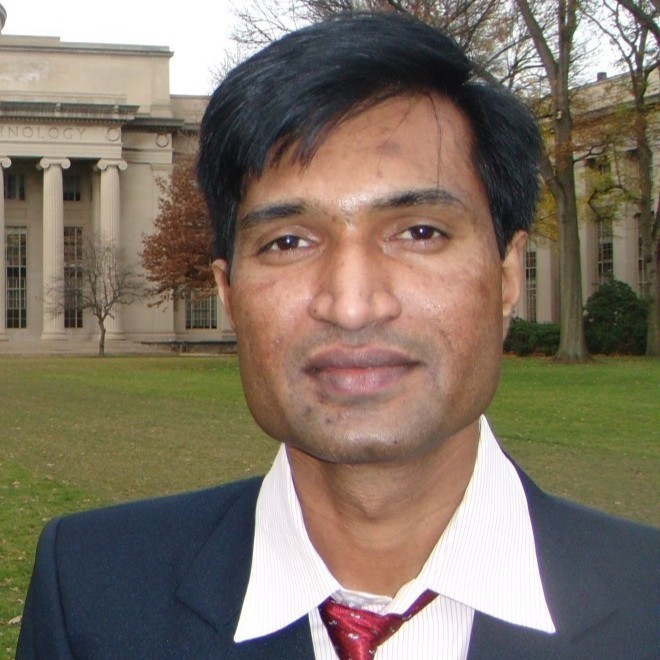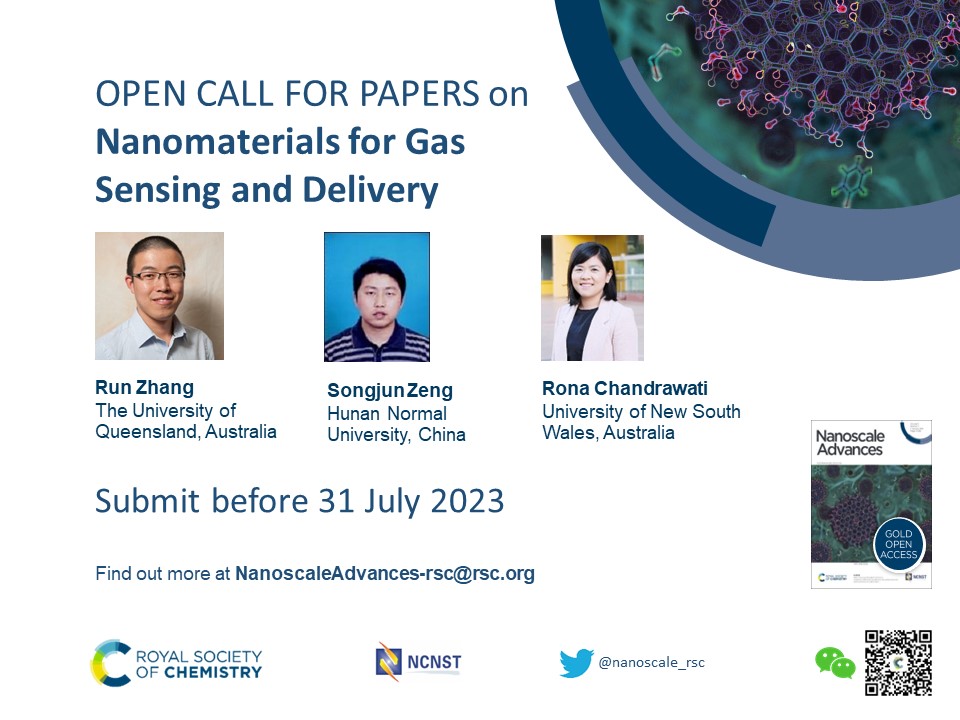We are delighted to announce an open call for papers to our new themed collection focusing on bio-inspired devices, covering bionics, flexible electronics, and robotics.
Guest Editors: Yao Ni (Guangdong University of Technology), Lu Yang (Institute of Photoelectronic Thin Film Devices and Technology of Nankai University), and Huanhuan Wei (Anhui University)
This special collection will aim to address the burgeoning field of bio-inspired technologies, from bionic electronics to robotics and flexible electronics. The latest research and developments are welcome in the design, fabrication, and application of bio-inspired devices.
You are welcome to submit an article within the scope before 1 May 2025.
If you are interested in contributing to this collection, please get in touch with the Editorial Office by email.
Please note that article processing charges apply to all articles submitted to Nanoscale Advances if, following peer-review, they are accepted for publication. Exceptions include researchers at Research4Life Group A and B countries, and those whose institutes have an existing open access deal that covers publication in our gold open access journals. Details of the APC and discounted rates can be found here.
Did you know?
At Nanoscale Advances, our themed collections are built by collaboration between our Guest Editors and expert Associate Editors. Our Guest Editors guide the scope and curate the contributions in our collections but all submissions are handled through peer review by our team of resident Associate Editors. This means that as an author you receive a consistent experience, and as a reader you can trust the quality of the science being presented.
This collection is Guest Edited by:
 |
Yao Ni
Guangdong University of Technology ORCID: 0000-0002-6370-4799 Yao Ni obtained his Ph.D. from Nankai University. He currently holds the position of Associate Professor at Guangdong University of Technology and serves as a William Mong Visiting Research Fellow at The University of Hong Kong. His research primarily focuses on neuromorphic electronic devices and systems. As the first author and corresponding author, he has published more than 20 high-level SCI papers in internationally renowned scientific and technological journals, including Nature Communications, ACS Nano, Advanced Science, SmartMat, Nano Energy, etc. He also holds positions as a young editorial board member and guest editor at journals like The Innovation, Exploration, Microsystems & Nanoengineering, Soft Science, Information & Functional Materials, Materials Lab, and Biosensors. |
 |
Lu Yang
Institute of Photoelectronic Thin Film Devices and Technology of Nankai University Scopus ID: 57221861836 Lu Yang obtained his Ph.D. from Nankai University. His research primarily focuses on ion hydrogel sensors, artificial synaptic devices, and artificial motor nerves. He has contributed to the publication of over 30 SCI papers in these areas. |
 |
Huanhuan Wei
Anhui University ORCID: 0000-0002-1306-5941 Huanhuan Wei obtained his Ph.D. from Nankai University. His primary research interests are the exploration and application of low-dimensional thin film materials and synaptic devices. He has over 40 published articles in in journals such as Nature Communications, Nano Letters, and Advanced Functional Materials. |





































